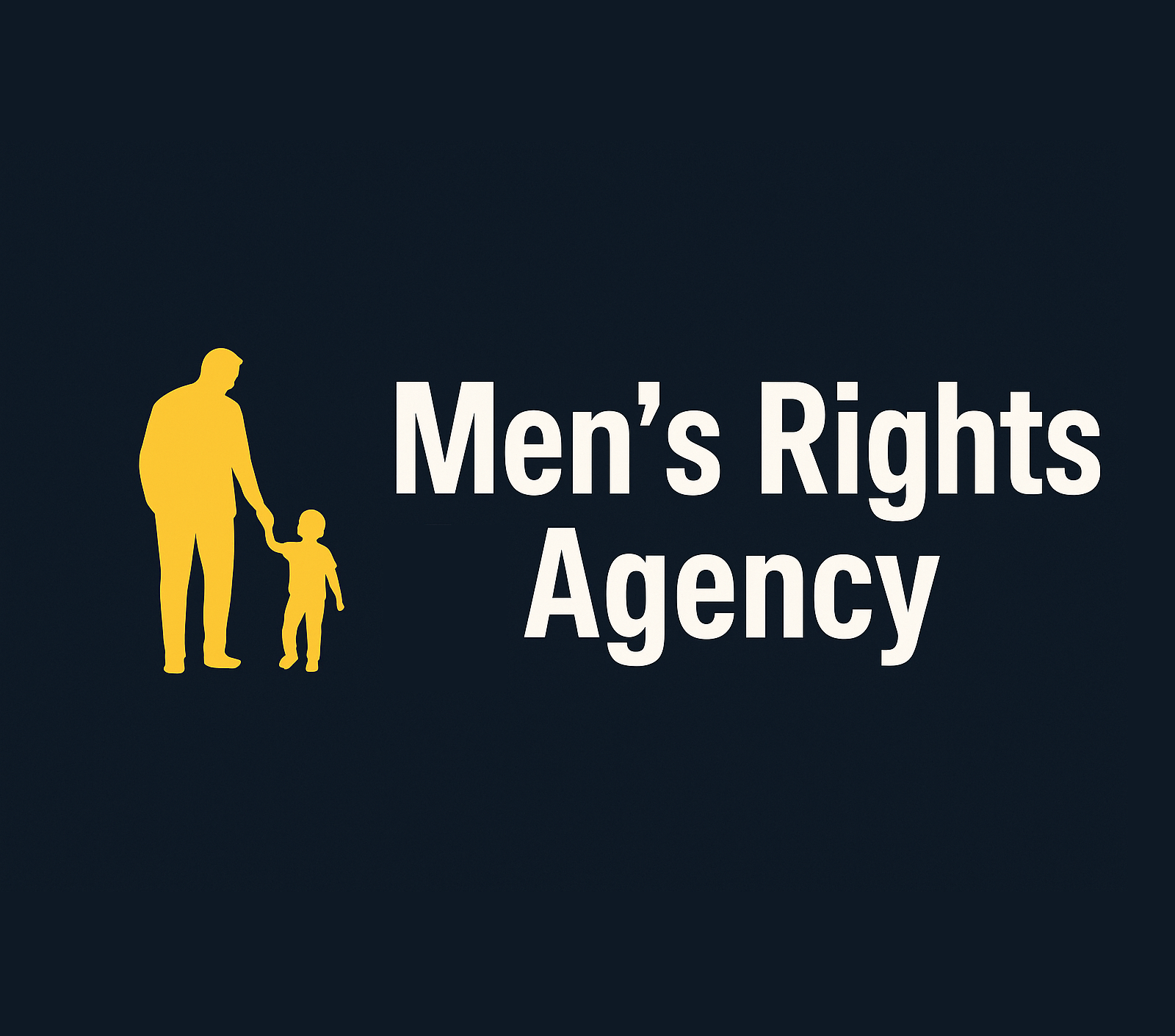
A Facebook post by NSW Police has sparked a passionate social media debate on an issue many suggest society — and the police themselves — sweep under the carpet.
The post, written this morning, sets a typical domestic violence scene but plays with assumptions to highlight this statistic:
“Last year, 1 in every 5 domestic violence assaults that NSW Police responded to involving intimate partners were for male victims.”
Already the post has been shared nearly 5000 times and drawn hundreds of comments.
Many posters are supportive of the police raising the issue, with many sharing their own survival stories. Although some suggest the police don’t treat the issue as seriously as they should.
“Many more stories like this are needed,” wrote Darren Quinn. “There are too many assumptions by the general public that its him him him.”
Hellen Brugnatti, agreed, saying: “It’s nice to see some recognition where the men are victims not just the woman victims.”
However, some men suggest the police have failed to treat domestic violence against men with the same level of gravity they would if the victim was female.
“I called police on a few occasions over 6 months to report an attack on me,” wrote Stephen Cook.
“I was called a sook by the officers and they did not take statements or recorded (sic).”
Henry Tunks backed up Mr Cook’s assertion:
“The NSW Police don’t help male victims of domestic violence unless force(d) to do so,” he wrote. “The NSW Police do a wonderful job in almost all areas, helping male victims is not one.”
However, many like Caroline Watts encouraged victims of all genders to report abuse.
“It takes a lot of courage to stand up, walk into the police station and say I need help regardless of your sex or the type of relationship you have,” she said.
“People’s attitudes and tolerance towards domestic violence are slowly changing and one day hopefully everyone will have zero tolerance towards it.
“I thank the police who helped me every day and also pray that they stay safe when they need to go into these situations to help the next person.”
Advocacy group the One in Three Campaign suggests that 2012 research from the Australian Beaureau of Statistics put the proportion of male victims of partner violence at 33%.
This includes assaults against men by other family members – sons, daughters, brothers, sisters, mothers, fathers, and extended family members.
Greg Andresen, senior researcher for the organisation, said men are much less likely to report violence for a number of reasons. These include the social stigmas of being unable to protect themselves, fear that disclosure could end their relationship or uncertainty about where to seek help.
“Even in 2015 both men and women are raised to believe that men are supposed to be ‘big, tough, strong and powerful’ and women are supposed to be ‘smaller, weaker and powerless’,” Andresen said.
“There is probably a grain of truth to these stereotypes. However, they don’t account for the fact that many men aren’t ‘big, tough, strong and powerful’ and many women aren’t “smaller, weaker and powerless.”
He added that his organisation believes the response of authorities hasn’t been tough enough.
“Unfortunately the message from governments and NGOs such as White Ribbon and Amnesty International has been completely one-sided – only sending the message that male violence against women needs to be stopped,” he said.
“There has been no community education censuring violence by women, or raising awareness of the existence or needs of male victims of family violence. This Facebook post post by the NSW Police is one of the first instances we have seen since we launched in 2009.”
ABS statistics also show that 37.3% of victims of partner emotional abuse were men, 38.7% of domestic homicide victims were men and over half of these males experienced anxiety or fear due to the emotional abuse.
The same figures suggest “current partner violence’ on men experienced a 175% rise between 2005 and 2012.
The site says men are 2 or 3 times more likely than woman to never tell anyone about experiencing domestic violence and twice as likely to have never asked for advice on the issue.


